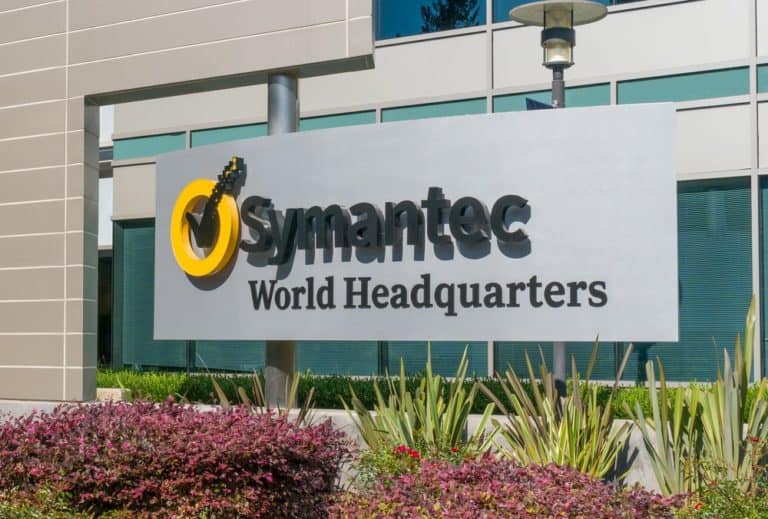Symantec is going to expand its Integrated Cyber Defense Platform with zero-trust capabilities, reports SiliconAngle. Companies that use Symantec software can therefore implement zero-trust security policies.
Zero-trust security is security that no longer works with the network perimeter as a control point, but with the user himself as a control point. Details and signals about applications, devices and networks are used as a comprehensive collection of information about a user and the devices being used. This means, for example, that working remotely does not present any additional difficulties compared to working on location, at least as far as security is concerned.
Because a security system sees users within a particular network as a threat in this way as remote users, accessing all kinds of services based in the cloud becomes much more secure. These include software as a service, applications that use infrastructure as a service or e-mail that uses the cloud.
Zero-trust as the future
Symantec is convinced that zero-trust is the future. Art Gilliland, the executive vice president of Symantec, puts it this way: Traditional network perimeters are disappearing and cloud technology is changing the way we work. Symantec understands the importance of the zero-trust approach, which places less emphasis on perimeters as the basis of security and focuses on secure access for employees, regardless of their location or device.
One of the updated tools is the new CloudSOC Mirror Gateway, which allows administrators to control access to SaaS-based apps from unmanaged devices. Symantec’s Secure Access Cloud now also offers the ability to scan content uploaded or downloaded to or from business applications in the cloud. In addition, Internet security has been improved by integrating this Secure Access Cloud with Web Security Service. In addition, Symantec’s Email Security Cloud now has the ability to isolate suspicious mail attachments.
This news article was automatically translated from Dutch to give Techzine.eu a head start. All news articles after September 1, 2019 are written in native English and NOT translated. All our background stories are written in native English as well. For more information read our launch article.